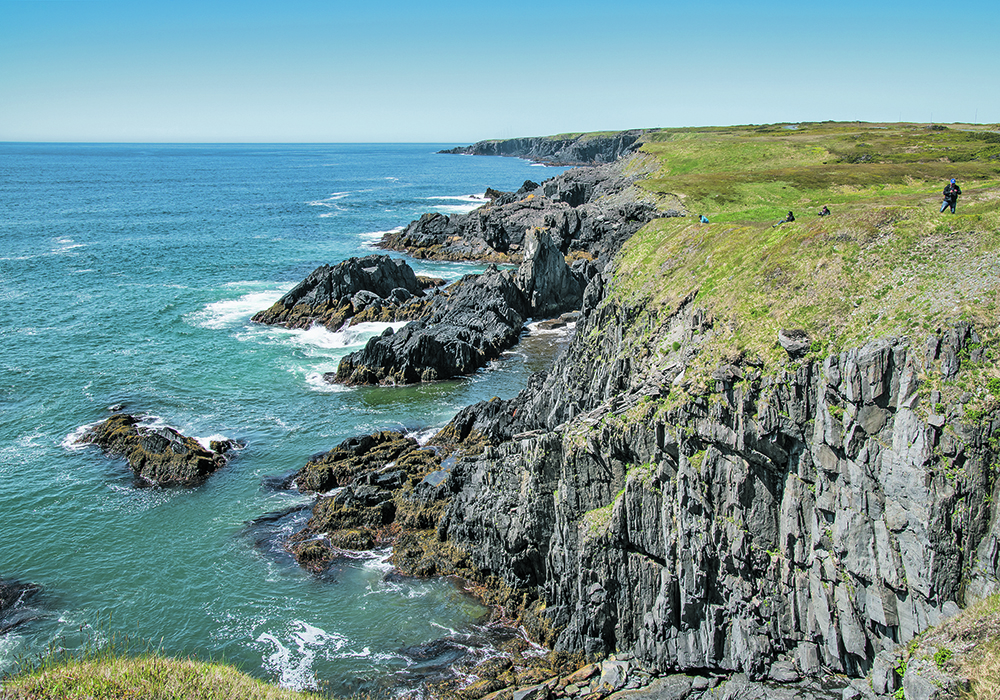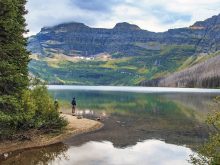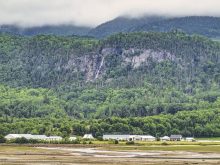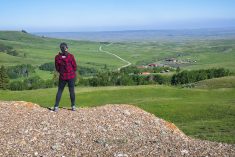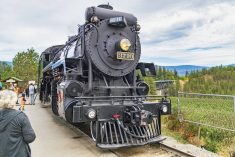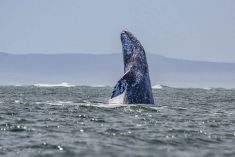For dramatic scenery combined with breathtaking numbers of wildlife and a colourful history, it’s hard to beat Newfoundland’s Avalon Peninsula. It covers the eastern end of the island and is home to St. John’s, the provincial capital.
Among the oldest cities in North America, St. John’s grew into a centre for the fishing industry after Newfoundland became an English colony in the 1500s. While the city is chock-a-block with historic sites and panoramic views around the harbour, what intrigued us most were the Jelly Bean Houses of downtown. The name comes from them being painted every colour of the rainbow, and then some.
Many of these Victorian-era houses were built after the Great Fire of 1892, when two-thirds of St. John’s burned.
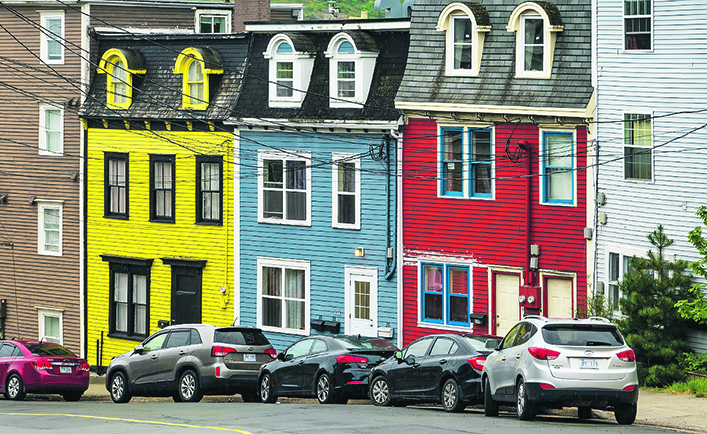
Neighbours try to outdo each other. We find brilliant yellow houses with red doors, pink houses with blue doors — anything goes, even stripes. After St. John’s, the houses back home seemed downright drab.
Read Also

Vintage power on display at Saskatchewan tractor pull
At the Ag in Motion farm show held earlier this year near Langham, Sask., a vintage tractor pull event drew pretty significant crowds of show goers, who were mostly farmers.
Visitors can travel around the peninsula on their own or take guided excursions. Since we were interested in wildlife, we took a trip with nature tour specialist Bird The Rock run by wildlife expert Jared Clarke. We not only visited well-known sites but also off-the-beaten-path places where Jared knew where to find caribou, ptarmigan and rarer birds.
It’s less than an hour’s drive south of St. John’s to the Witless Bay Ecological Reserve, one of the most impressive wildlife areas we’ve come across in Canada. Only tour boats operating from the nearby community of Bay Bulls are allowed access to the bay’s four protected islands, which are home to millions of seabirds.
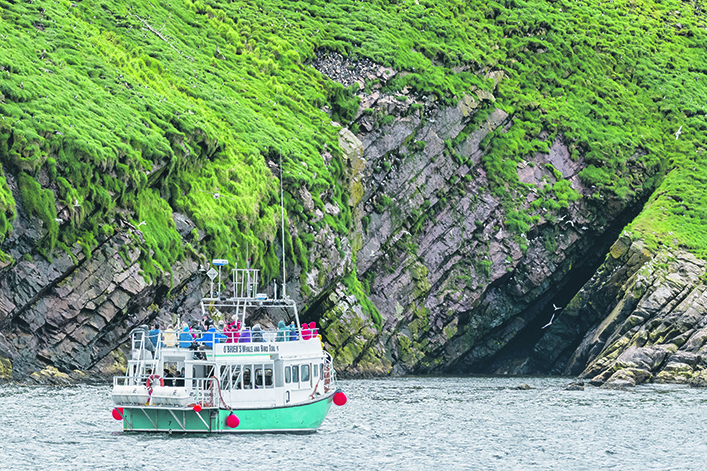
As the boat left the dock we passed sheer cliffs, sea caves and waterfalls along the coastline. Before even reaching the islands we were waylaid by a couple of swimming and diving humpback whales.
The countless seabirds covering the islands and in the air were mesmerizing as our boat slowly cruised by the rugged cliffs. We saw common murres, kittiwakes, razorbills and a lot more.
But the highlight was Atlantic puffins, the provincial bird of Newfoundland and Labrador. These odd birds with multi-coloured bills are often referred to as “clowns of the sea.” This is their largest nesting area in North America with an estimated half-million puffins.
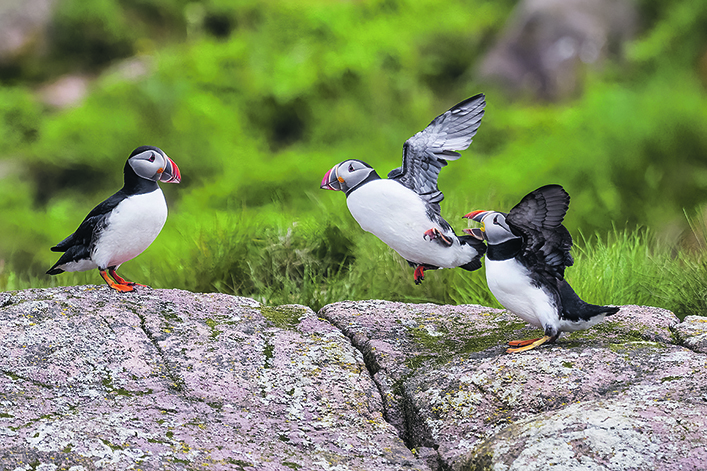
“We call them flying potatoes,” said Frank, guide for Obrien’s Boat Tours.
“Puffins have difficulty becoming airborne and often crash into the hillside when they land.”
The road around the peninsula south of St. John’s is called the Irish Loop, named for that area’s dominant ancestry.
History goes back a long way here. In the small community of Ferryland, archaeologists are uncovering the Colony of Avalon, dating to 1621 and considered among the best preserved early English colonies in North America.

To really go back in time, head to the Mistaken Point UNESCO World Heritage Site at the south end of the peninsula. The name comes from early shipwrecks where sailors mistakenly turned into the treacherous rocks, thinking that they had already rounded the peninsula.
More recently, its importance grew with the discovery of some of the oldest and largest assemblages of fossils in the world, dating from 560 to 580 million years ago.
We took a six-kilometre return guided hike to see the fossils on flat expanses of rock on the shoreline. Looking somewhat like tiny plants, they are among the world’s oldest soft-bodied creatures that lived long before animals developed bones. It was a humbling experience looking at strange critters that lived more than 300 million years before the dinosaurs showed up.
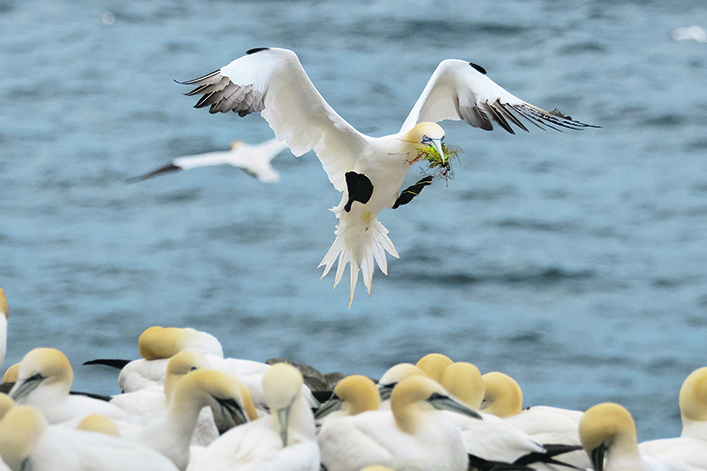
The other wildlife highlight was the Cape St. Mary’s Ecological Reserve, considered among the most accessible seabird colonies in the world. It’s unusual in that you can drive there and take an easy walk to a cliff-top viewpoint close to the action. As a bonus, there’s even free admission.
Many seabird species nest here, but it’s the northern gannets that steal the show. Their crowded nesting colony completely covers a towering sea stack appropriately called Bird Island.
They are always busy as they fly back and forth to gather seaweed for their nests, greet each other with elaborate gestures or squabble with the neighbours. They flew so close to us that we didn’t always need a long telephoto lens to photograph.
We had ideal weather, which isn’t something to count on in Newfoundland, and especially at Cape St. Mary’s, which averages 200 days of fog per year. We especially felt fortunate after talking to park interpreter Chris.
“I’ve been working here for 23 years, and this is the only time I can remember having two sunny days in a row.”
Arlene and Robin Karpan are well-travelled writers based in Saskatoon. Contact: travel@producer.com.


